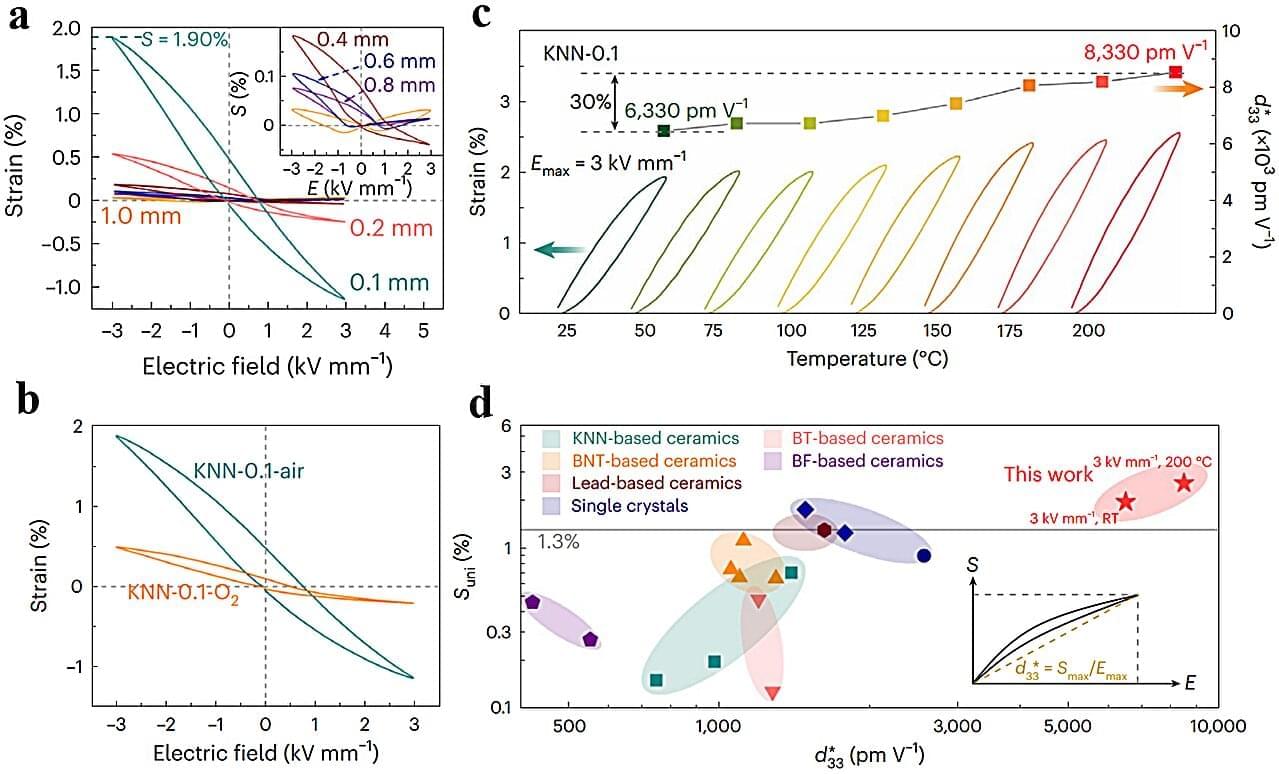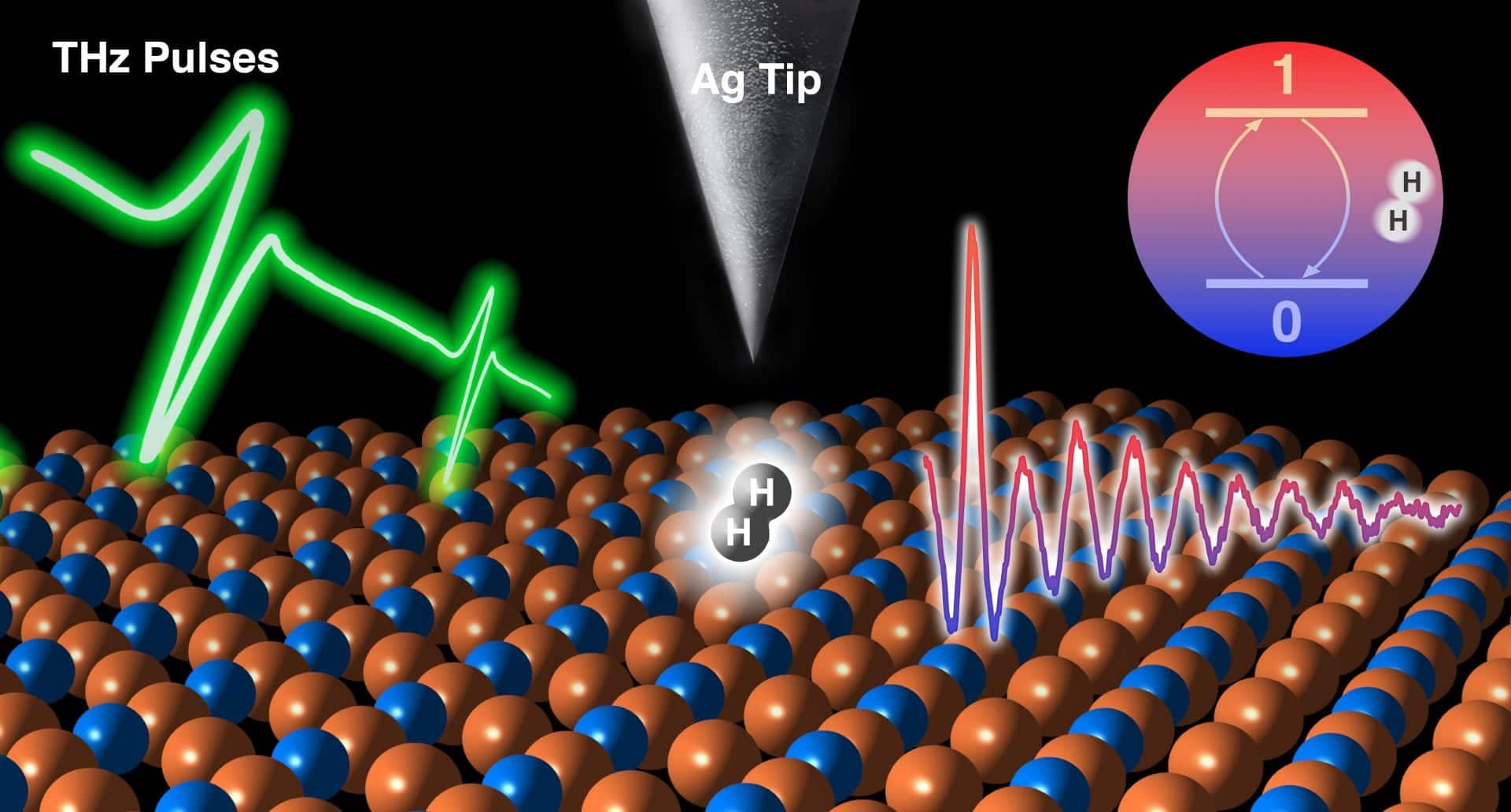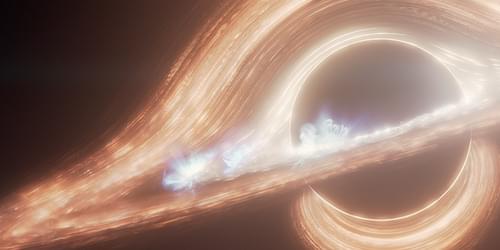Variability in the brightness of Sagittarius A* (Sgr A•, the black hole at the center of the Milky Way, could emerge through synchrotron radiation emitted by electrons accelerated by the supermassive black hole’s accretion disk [1]. That is the finding of a team of astronomers led by Farhad Yusef-Zadeh at Northwestern University, Illinois. The researchers hope that their results could lead to deeper insights into the distinctive flaring patterns in the material that surrounds many black holes.
Weighing in at just over 4 million solar masses, Sgr A* is a supermassive black hole, which is fueled by the material it draws in from interstellar space. Since it is both relatively close by and vastly more massive than any other body in the Galaxy, Sgr A* provides astronomers with an ideal opportunity to study how fueling material is irradiated, captured, accreted, and ejected by a black hole. In particular, astronomers have identified short outbursts, or flares, in the near-infrared (NIR) emission from infalling material. In many cases, radiation at this frequency is a key tracer of flow dynamics within a black hole’s inner accretion disk and can hint at the mechanisms driving those flows.
Yusef-Zadeh’s team observed these flares several times between 2023 and 2024 using the NIR instrument aboard the JWST observatory. This instrument allowed the team to observe Sgr A* at two different NIR frequencies, which enabled the researchers to study both the time variability of the flares and their energy distribution.









